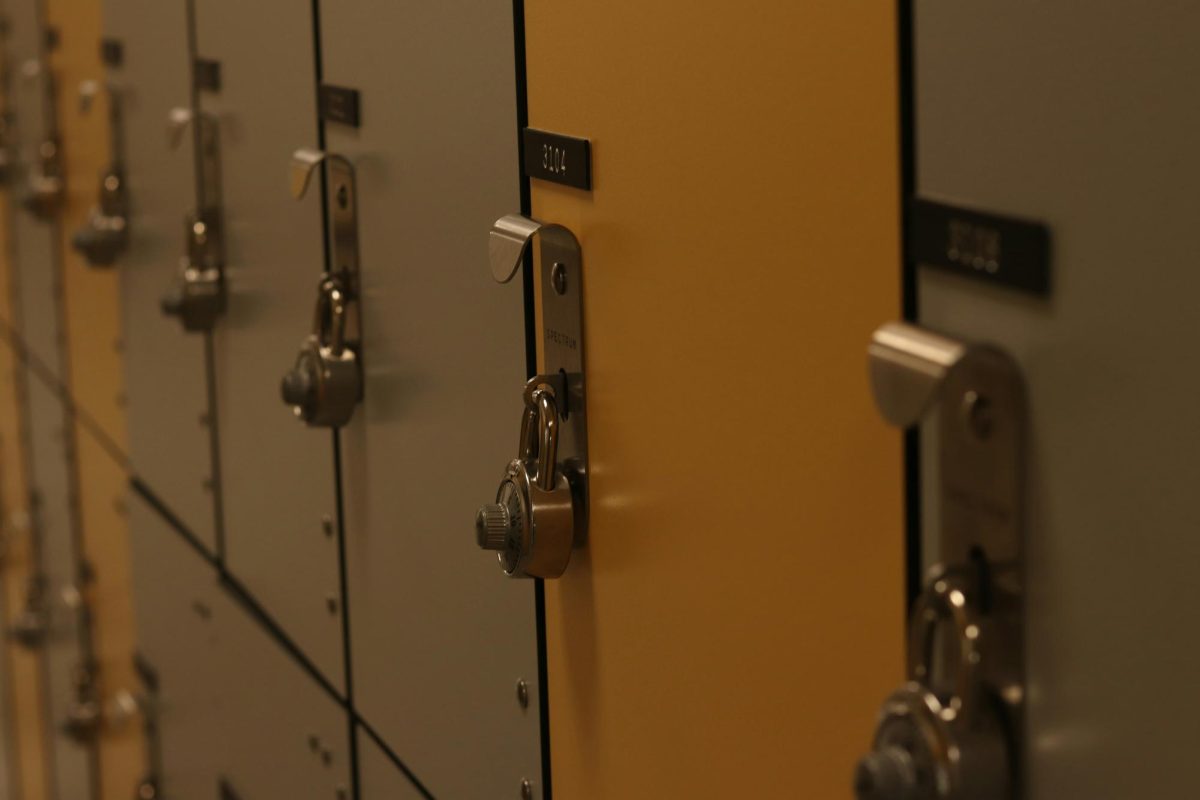Oregon’s education system experiences an on-going crisis: a persistent decline in state testing scores in mathematics, reading, and writing manifested itself in the aftermath of the COVID-19 Pandemic.
In a study by the universities of Stanford and Harvard researching 29 other states, the Beaver state has yet to rebound.
On the study, Harvard’s Center for Education Policy Research said the “state’s elementary and middle school students remain an average of about two-thirds of a year behind in reading compared to pre-pandemic levels and three-fourths of a year behind in math,” despite receiving $1.6 billion of stimulus to use across all 197 school districts.
Online Learning
But why is this the case? Take a look at how districts spent the aid.
Crucially, the brief notes that Oregon’s education system lacks ‘parameters’ in how to utilize funds; across the state’s school districts, funding was mostly spent on online learning and paying to preserve staff.
Online learning ultimately caused educational losses across the nation, particularly in early education. Early education’s role in solidifying reading, writing, and mathematics skills proves strong; many studies have shown this, including a 2010 study published on SageJournals from researchers from the University Colorado to Rutgers in New Jersey.
In the abstract of the study, researchers specifically said that aspects of a student’s behavior were improved with ‘teacher-directed’ and ‘small group’ instruction. As COVID-19 rolled across the United States, online learning programs that opened as campuses closed lacked that.
Online learning also put less emphasis on rigorous education and put more on leisure. For grading, students had only two grades: pass or no pass.
Proponents of online learning argued that students should take mental health days, and they called for extending deadlines, which districts across the nations implemented.
As a result, students have less of an incentive to engage with the curriculum and leads to absenteeism.
According to an analysis by the New York Times, chronic absenteeism rests at 26% across the nation; in other words, a large portion of students are skipping school altogether. The rate goes higher for the state of Oregon, skyrocketing from 20.7% in 2019 before COVID-19 to 38% in 2023.
Looking a bit closer, absenteeism rates rest at 40.6% for the Oregon City School District for the 2022-2023 school year. With not enough time reviewing material, state test scores declined.
Declines in state testing scores translated into various colleges removing SAT & ACT scores as a requirement for enrollment, including Oregon State University and Portland State University.
Alongside college, Oregon now says that students no longer need to prove their mastery in order to graduate high school, a result of the state’s legislature passing Senate Bill 744.
Funding
Online learning, however, isn’t the root cause of the state’s educational plight; the truth is that Oregon has struggled even before the COVID-19 Pandemic swept through the country. Part of the reason is a measure passed during the 1990 midterm election.
In what was meant to combat rising property taxes throughout the state, Oregon voters passed a measure, Measure 5, that capped the amount that went into school districts.
In 2016, Oregon Publish Broadcast reported complaints of ‘volatile’ funding throughout the state of Oregon. Different school districts are receiving wildly different amounts of funds.
This volatility has led to disparity between what the state needs and what it can spend in order to meet its fiscal educational goals, more recently highlighted in a 2022 report by Oregon’s Quality Education Model for 2023-2025.
In the report, the state says it needs $2.5 billion, of which is to be spent on staff; this includes professional teacher training and mentoring, both of which are essential in constructing and learning how to implement curriculums.
How do we fix the education system?
It will, sadly, take some time for Oregon to get on par with the rest of the country.
As of right now, with inadequate resources and funding, all grade levels suffer. As students move on from kindergarten to first grade and onwards, the ability to study among the student body was lost, taken away from the failed policies of the Covid-19 era.
With this, students will have gaps in reading, writing, and mathematics. As education declines, so does the workforce skill-wise; then comes a lack of innovation and improvement in our social structures, politics and so on.
As Oregon moves forward with its educational system, it must take into account what the legislature could do.
Oregon’s legislature could do many things to start, one of which could include repealing Measure 5 alongside other measures concerning the prospect of rising property taxes. As of right now, the legislature needs to standardize funding and decrease volatility for the education system.
For the average Oregonian, it is paramount they begin or continue pressuring the legislature to act on the education issue, either through contacting their representatives or senators.
While it might take some time – generations maybe – for Oregon to change the tide of their battle with education’s decline, Oregonians should continue to advocate for their students and, in the future, its workforce.







